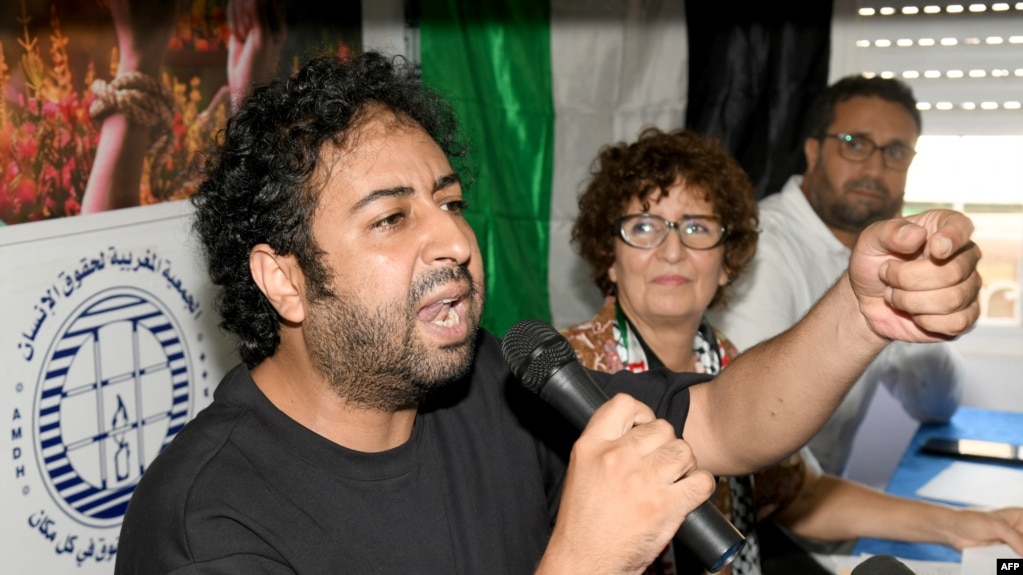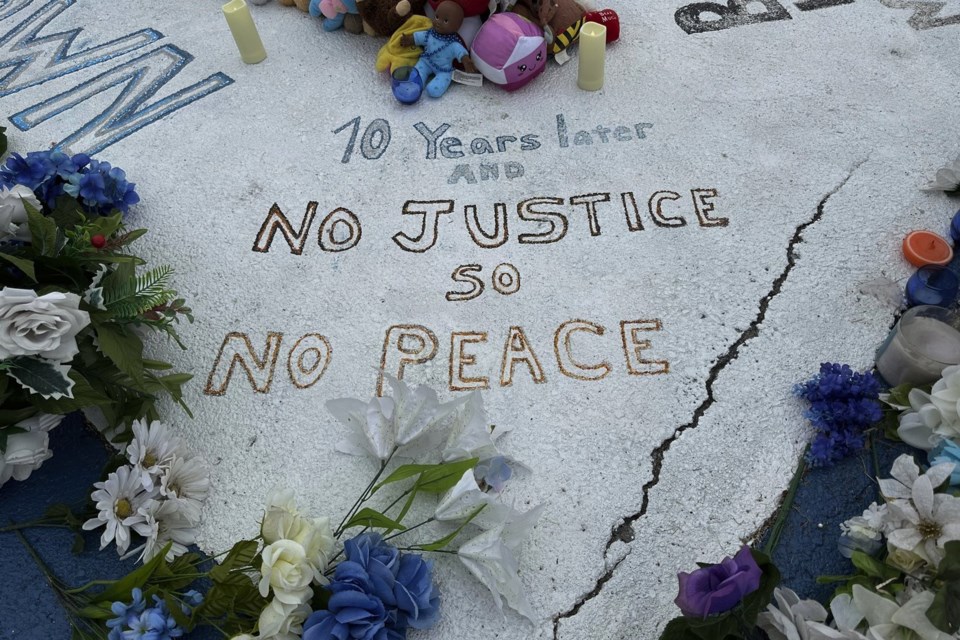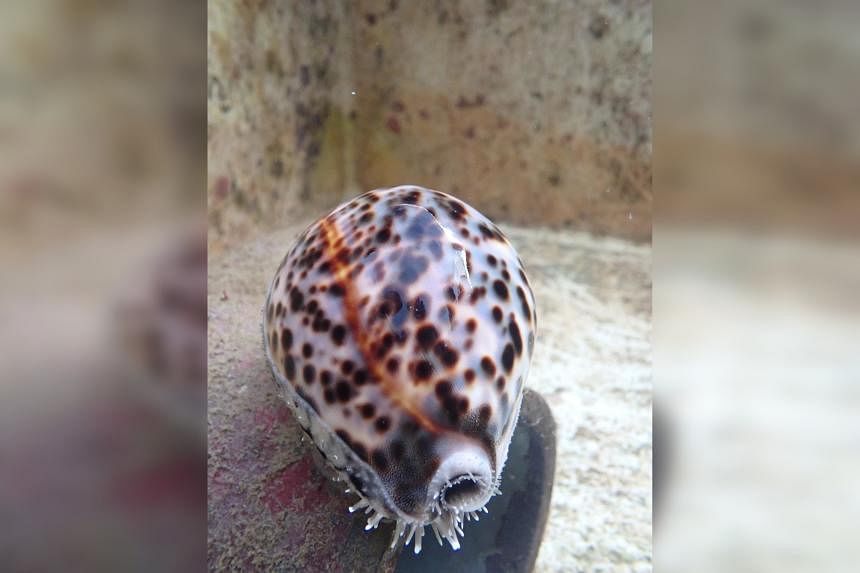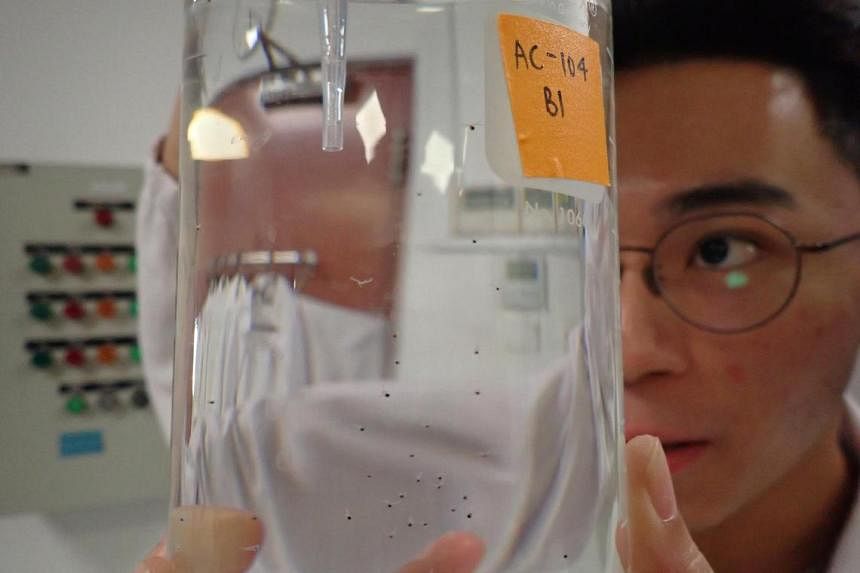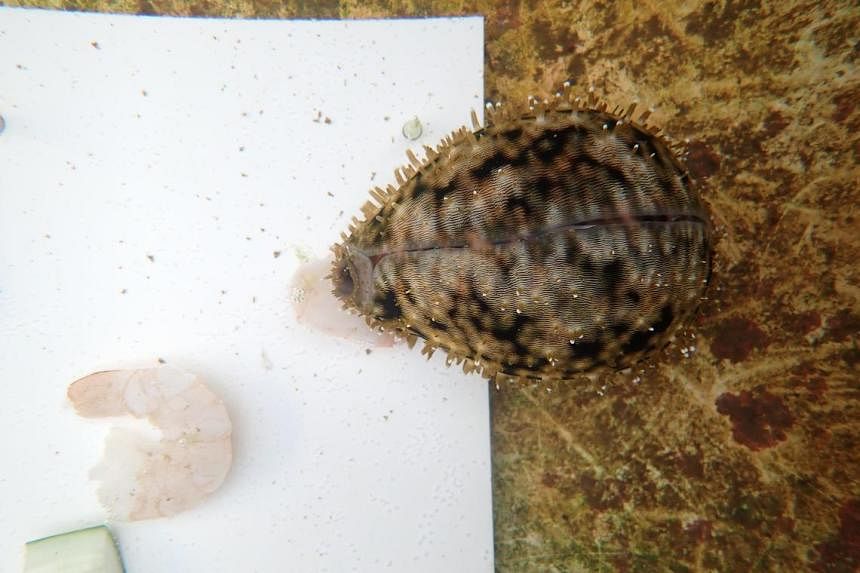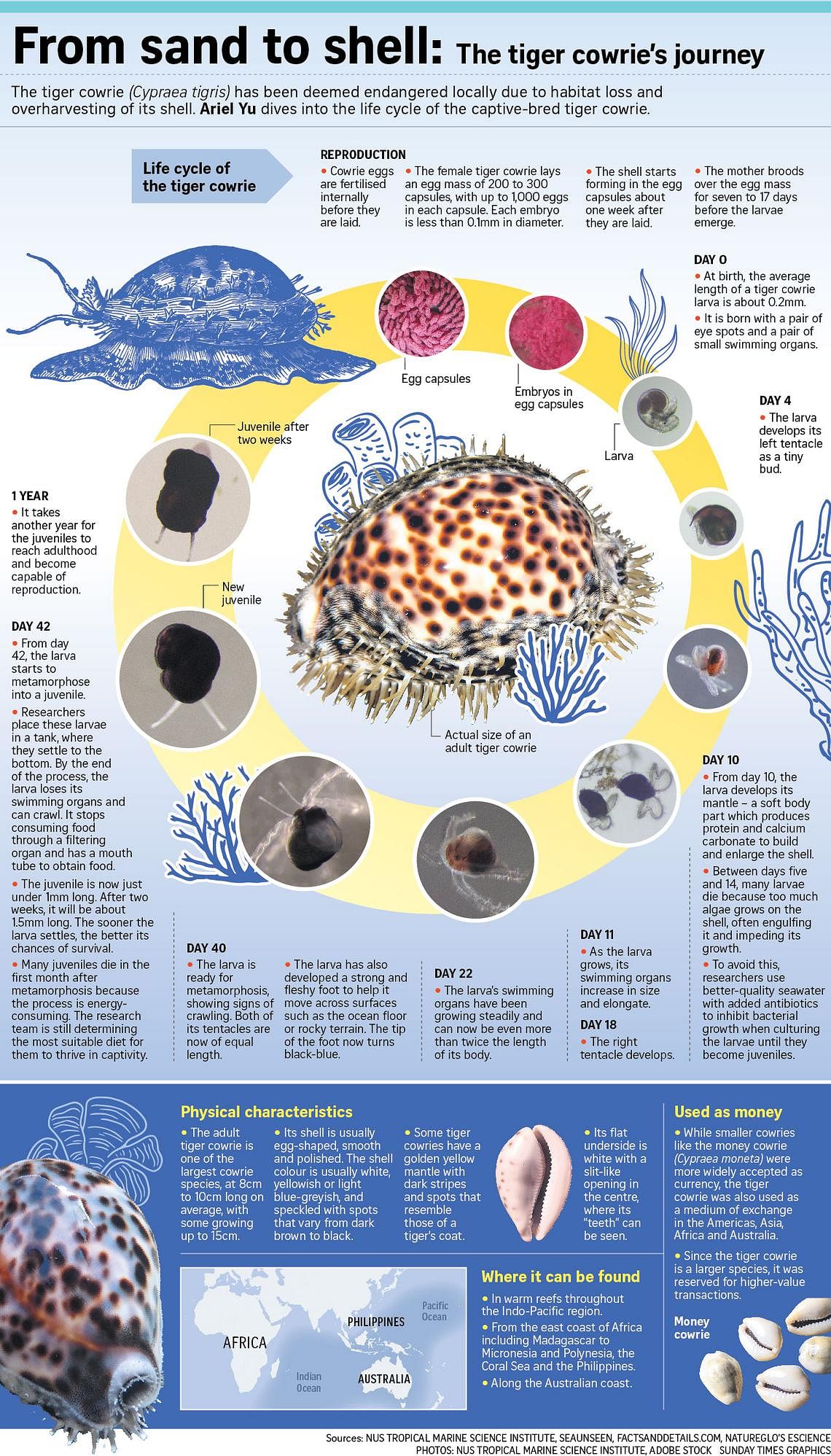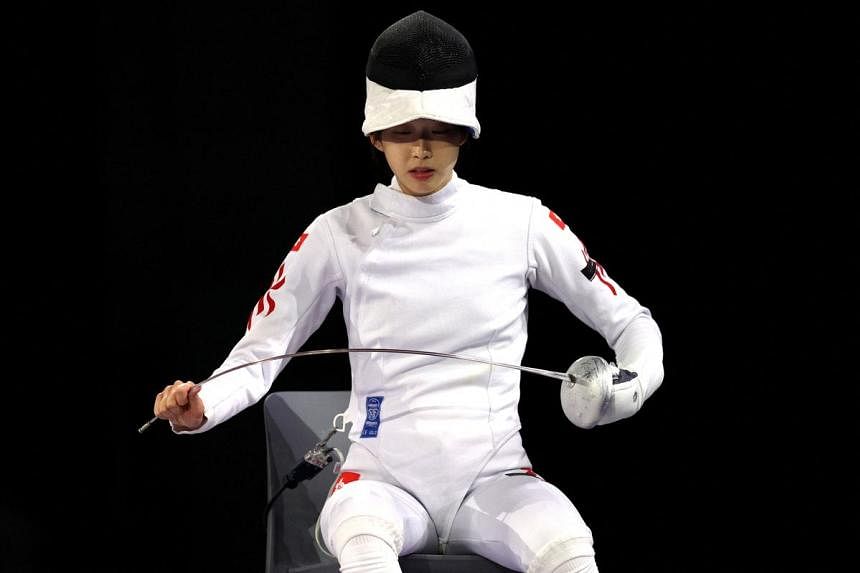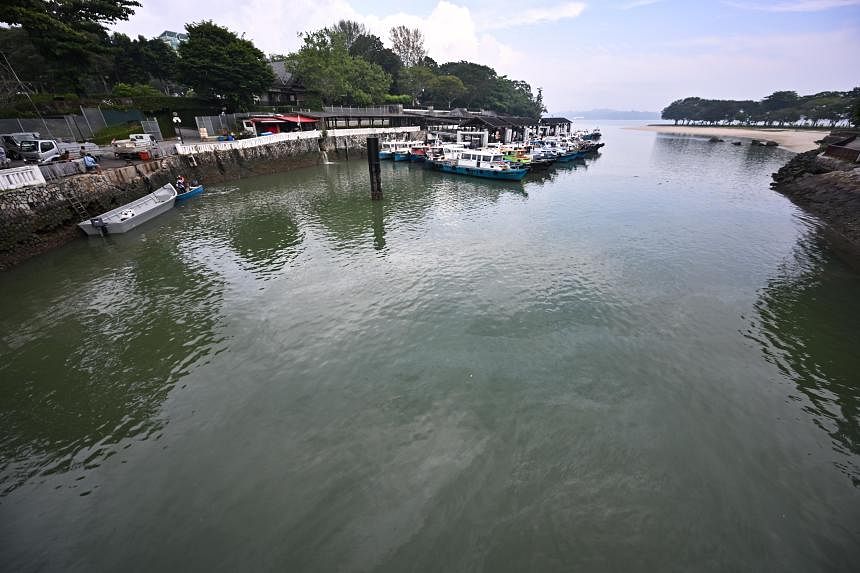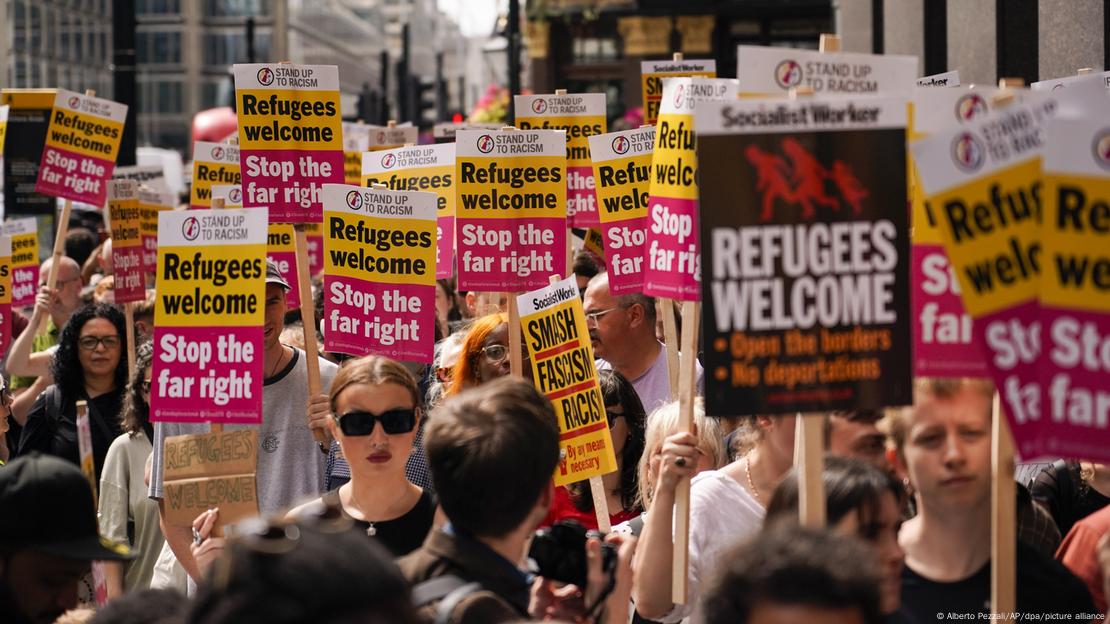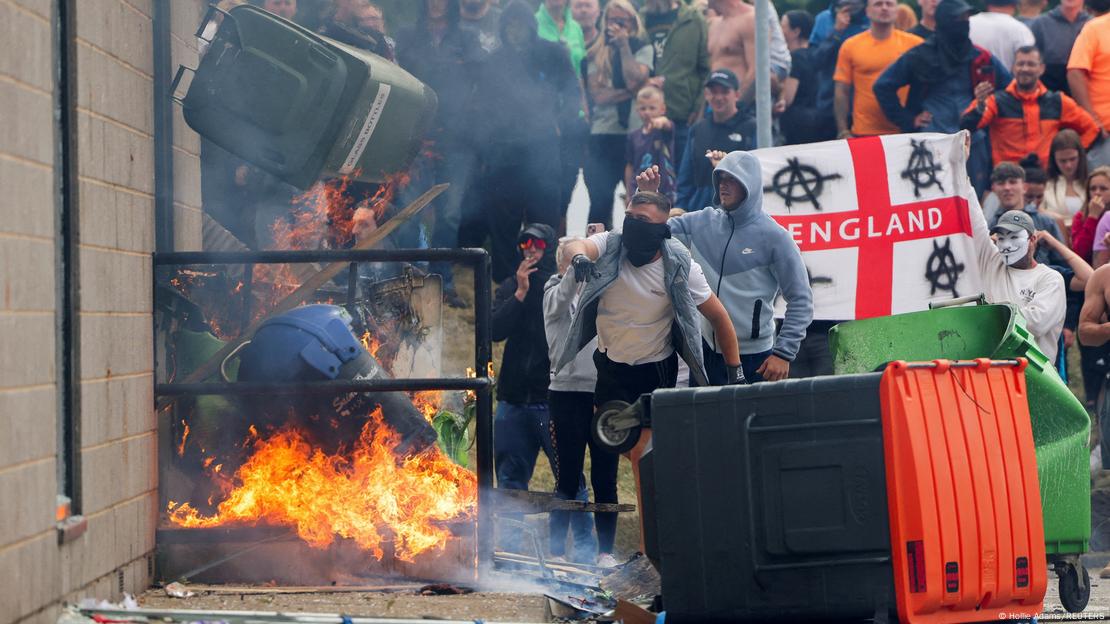A Ferguson, Missouri, police officer was critically injured outside the city's police station during protests on the 10th anniversary of the fatal shooting of Michael Brown, a pivotal moment in the national Black Lives Matter movement, police said Sa
A Ferguson, Missouri, police officer was critically injured outside the city's police station during protests on the 10th anniversary of the fatal shooting of Michael Brown, a pivotal moment in the national Black Lives Matter movement, police said Saturday.
Ferguson police chief Troy Doyle said Officer Travis Brown suffered a severe brain injury Friday after being knocked to the ground.
“He is in an area hospital right now fighting for his life,” Doyle said.
Two other officers also were hurt, one sustaining an ankle injury and another an abrasion. Both were treated at the scene.
The team of officers went out to make arrests Friday for destruction of property at the police station, where protesters gathered to remember Michael Brown, the unarmed Black 18-year-old who was killed by Darren Wilson, a white police officer in 2014.
One of the suspects was charged Saturday with assault of a special victim, resisting arrest and property damage. He was ordered held on $500,000 cash only bond. No information was immediately listed in online court records, so it wasn’t known if he had an attorney yet.
Doyle said that for the majority of the night, the protesters were peaceful. He said police allowed them to block the street outside the station, posting a squad car on each end, so they wouldn't be hit by vehicles.
Police also didn't intervene when the protesters began shaking the fence outside the station. But he said that when they broke a section of fencing, he sent out the arrest team. The suspect who charged at Travis Brown knocked him backward with his shoulder, and the officer hit his head as he tumbled to the ground, Doyle said.
Doyle said Travis Brown, who is Black, started with the department in January and previously worked for the St. Louis County Police Department.
He is part of a wave of Black officers hired into the department since 2014. Back then, there were just three Black officers in the department, but Black officers now make up more than half of the police force, Doyle said.
“He wanted to be part of the change,” Doyle said. “He wanted to make an impact in our community. He’s the type of officer that we want in our community. And what happens? He gets assaulted. I had to look his mother in the eye and tell her what happened to her son. I’m never going to do that again, I promise you that.”
St. Louis County prosecutor Wesley Bell, who had stopped by the hospital beforehand to meet with the officer’s family, said others also would be charged.
“I always talk about you know the toughest part of this job is when we have a family that’s lost a loved one that we can’t bring justice to. And I’ve got to tweak that. The toughest thing I’ve had to do is talk and console with a mother who doesn’t know if her child is doing to make it. And for what?”
It wasn’t clear who organized Friday’s protests. One activist who attended an event earlier in the day at a memorial to Michael Brown, and another who organized previous protests, didn't immediately respond to calls and text messages from The Associated Press seeking comment.
The arrests came as the St. Louis Fire Department placed a member of the department on leave after he made a social media post that the department described as insensitive.
“We take this matter seriously and do not condone such behavior,” the department wrote.
The department didn’t disclose the contents of the post, but several news outlets in the area reported that it read: “Happy ALIVE day to Darren Wilson!”
Michael Brown’s death turned Ferguson into the focal point of the national reckoning with the historically tense relationship between U.S. law enforcement and Black people.
In 2015, an investigation by the U.S. Department of Justice also found no grounds to prosecute Wilson. But the report gave a scathing indictment of the police department — raising significant concerns about how officers treated Black residents, and about a court system that created a cycle of debt for many residents.
Heather Hollingsworth, The Associated Press
